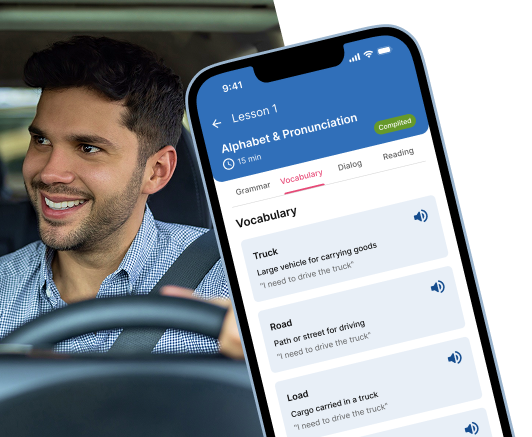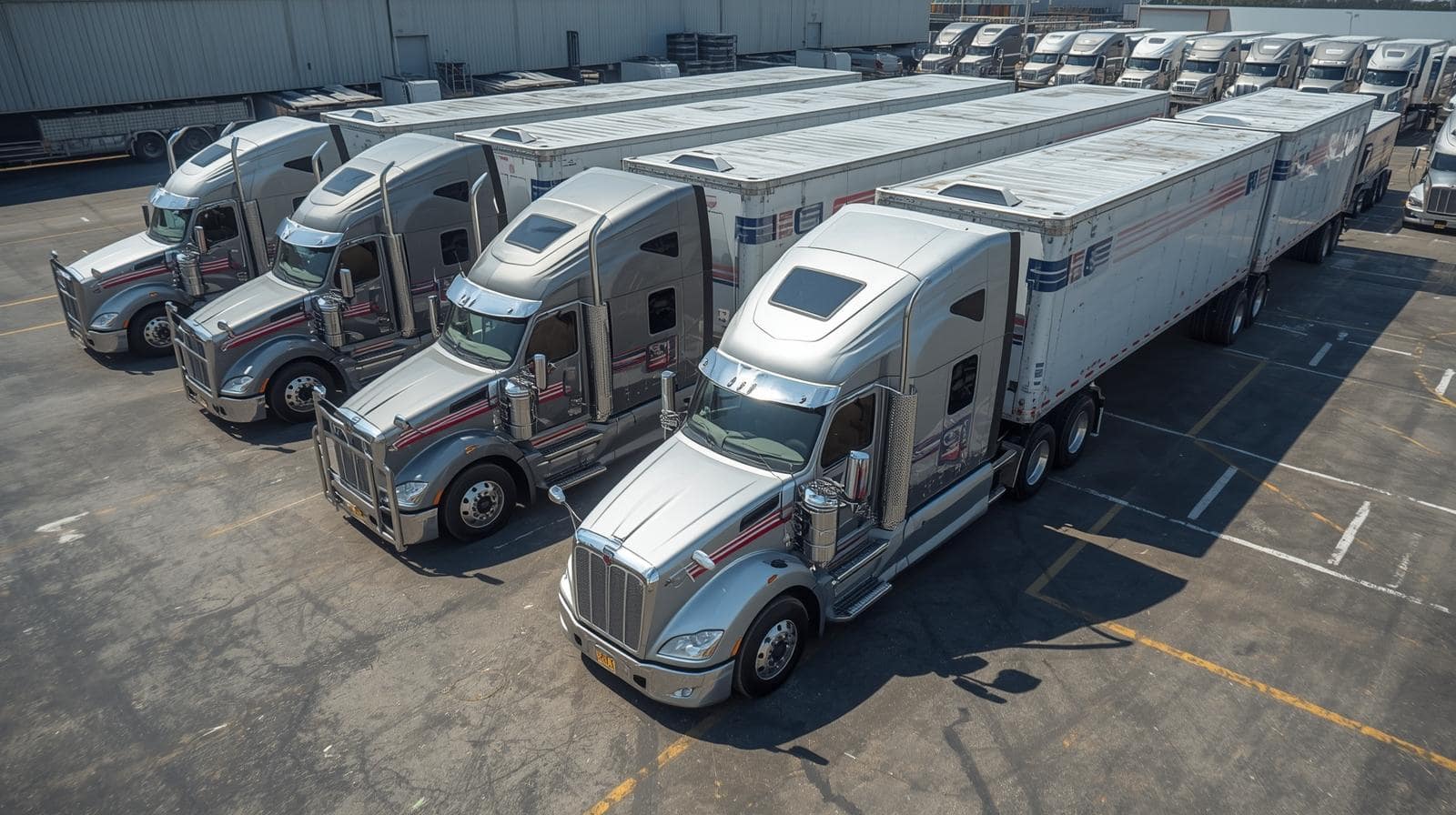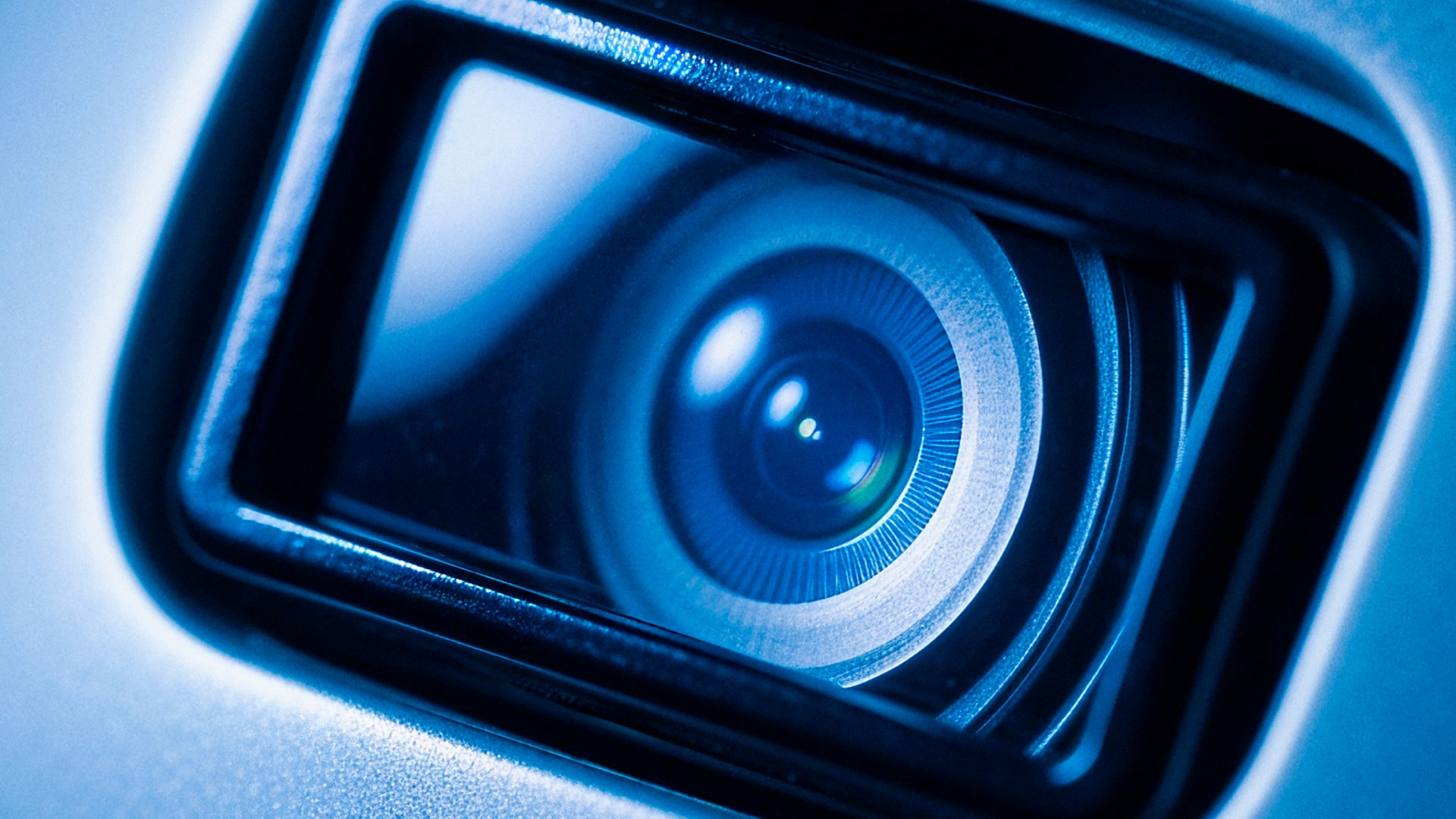Contents
Opening: the promise — and the pushback
A delivery truck rolls through a yellow light; a car darts out; the crash is inevitable. Hours later, a 22-second clip from a road-facing dashcam shows the lane position, the closing speed, and the impact. The driver is exonerated, liability is clear, the claim wraps in days instead of weeks. A win for safety, truth, and time.
Weeks later, the same fleet rolls out dual-facing units with audio turned on by default. Some drivers start covering cameras during breaks, coaching feels punitive, and rumor outpaces policy. Engagement dips, grievances rise, and the program begins to wobble.
Both stories are common. Dashcams reduce incidents and clarify what happened — yet without thoughtful guardrails, they raise real questions about privacy, dignity, and data handling. This article makes the case for a safety-first, privacy-respecting approach: use dashcams as a coaching tool and risk reducer — not as a 24/7 surveillance system.
In short — dashcams can be a net positive when you use them with clear goals, minimal data collection, and transparent rules.
What dashcams actually do
Camera types
- Road-facing: Records the roadway ahead. Lowest privacy impact and the best default for most fleets; highly effective for collisions, near-misses, tailgating, and cut-offs.
- Driver-facing: Monitors inside the cab. Higher privacy impact; useful for seatbelt detection or distraction alerts when justified and tightly governed.
- Dual-facing: Combines both views in one unit. Increases evidentiary value — and privacy risk — so policy must be stronger.
- Add-ons: Side/rear/interior cargo cameras for special risks (backing incidents, dock strikes, cargo tampering).
Signals and triggers
- Event-based: Harsh braking, rapid acceleration, cornering, collision detection, lane departure, speed thresholds. Clips typically include a pre/post window (e.g., 10 seconds each side).
- Manual: A driver taps a button after a near-miss or road rage incident.
- AI cues: Phone use, eyes off road, following distance, drowsiness indicators, seatbelt inference. Powerful when calibrated — noisy if sensitivity is too high.
Recording and storage
- Continuous buffer with event upload: The device keeps a local rolling buffer and uploads only events. Reduces bandwidth and data volume.
- Retention windows: Short by default (e.g., 14–30 days). Extend only for incidents, claims, audits, or legal hold.
- Access controls: Role-based viewing, export permissions, watermarking, and audit logs. Redaction tools are increasingly standard.
Connectivity and reliability
- On-device processing: Some models analyze events locally and send only metadata plus clipped video.
- Fallbacks: Store-and-forward for low-coverage routes; firmware integrity checks; tamper alerts.
- Health monitoring: Heartbeat pings, storage utilization, and camera-blocked alerts help ops stay ahead of failures.
The safety and business case
Better fact-finding, faster claims
Dashcams compress the time between he said, she said and here’s what happened. Clear footage deters fraud, accelerates legitimate payouts, and cuts administrative back-and-forth with adjusters. Practically, that means fewer hours reconstructing incidents and more predictable outcomes for the business and for drivers — with less emotional strain on everyone involved.
Operational tip: Standardize incident packages. For every claim, assemble: event clip(s), telematics snapshot, driver statement, and location/weather data. The more predictable your package, the quicker carriers and counsel can move.
Coaching that actually lands
Video beats memory — but coaching beats “gotchas.” Short, targeted clips work best when you focus on patterns rather than one-off mistakes. Build a coaching rubric that scores:
- Behavior: following distance, situational awareness, speed selection.
- Context: traffic, weather, visibility, time-on-task, unfamiliar route.
- Action plan: what to try next time; a timeline to review progress.
Celebrate saves — the moments where a driver’s defensive action avoided a crash. Recognition matters: it normalizes the camera as a tool for skill, not just discipline.
Insurance and compliance benefits
Cameras don’t magically cut premiums — but they often reduce losses. Fewer and smaller claims, faster resolution, and cleaner documentation can support better terms over time. Compliance audits go more smoothly when you can demonstrate structured coaching, predictable retention, and restricted access.
Culture: feedback over surveillance
Cameras belong inside a coaching culture, not an enforcement culture. Drivers are professionals — treat them that way. Publish thresholds, avoid always-on audio, and show real examples of fair application. When people know the rules and see consistency, buy-in rises.
Privacy and trust concerns
Perceived surveillance and stress
A lens pointed at your face for hours can feel intrusive — even if managers rarely review that footage. That perception alone can elevate stress and undermine safety. Use driver-facing views sparingly, communicate exactly when they record, and avoid interior audio unless there’s a compelling, documented reason.
Scope creep and over-collection
If you can’t clearly justify a data field for safety or claims, don’t collect it. Avoid adding face analytics or emotion inference without a rigorous assessment. Stick to a purpose-bound data set — and revisit scope as technology evolves.
Mishandling risks
Breaches get headlines, but everyday mishandling is more common: unredacted training clips shared broadly, exports sitting on laptops, “just in case” retention that grows quietly over years. Good systems fail without good habits. Governance must cover the full lifecycle — capture, access, share, retain, delete.
Driver and union perspectives
Trust requires transparency and voice. Drivers want to know when cameras record, who can see footage, and how long it’s kept — plus an appeal path when they disagree with a coaching call. Bring driver reps into design and periodic reviews; publish meeting notes and changes so the rumor mill doesn’t fill the vacuum.
Legal and regulatory landscape (high-level)
Not legal advice — confirm with counsel in your jurisdictions.
- United States: Audio touches consent laws that vary by state (one-party vs. all-party consent). Employee monitoring and state privacy statutes may apply. Treat audio as off by default; deploy only with notice, policy, and necessity. If you operate across states, design to the strictest standard you encounter.
- EU/UK (GDPR): Choose a lawful basis (often legitimate interests for safety), run a DPIA for driver-facing setups, minimize data, set proportionate retention, and honor subject rights (access, erasure where applicable). If you use AI features, document explainability and human oversight.
- Canada/Australia and others: Similar principles — necessity, proportionality, transparency, safeguards, and cross-border controls.
Design principle: Build for the strictest environment you operate in — privacy-by-default scales better than privacy-as-an-exception.
Governance blueprint — make it explicit, make it public
Purpose statement (sample)
“We deploy dashcams to improve road safety and support timely, accurate claims resolution. Dashcam data will not be used to track productivity, monitor breaks, or measure time-and-motion. Driver-facing and audio features require documented justification and additional safeguards.”
Data minimization
- Default to road-facing only; enable driver-facing by exception for specific, documented risks or customer requirements.
- Keep audio off by default; if enabled, limit to narrow scenarios, add signage, and log every activation.
- Prefer event-based upload with short pre/post windows over continuous cloud recording.
- Use masking/redaction before sharing clips for training.
Retention and access
- Retention: 14–30 days by default; extend only for incidents, claims, audits, or legal hold. Publish the retention schedule.
- Access controls: Role-based access with least privilege; restrict exports; watermark and log all downloads.
- Audit: Review access logs monthly; sample 10% of coaching uses for policy alignment.
Consent and notice
- Cab signage that explains what records when and why.
- Employee handbook updates with acknowledgment tracking.
- Contractor addenda for leased operators.
- A public FAQ page that matches the in-cab signage.
Coaching protocol
- Calibrate thresholds to vehicle class and route profile.
- Use a two-clip rule for discipline — patterns matter; single clips trigger coaching only.
- Provide an appeal path with neutral review; track cycle time from event to feedback.
- De-identify clips for training unless identity is essential to the lesson.
Vendor due diligence
- Security certifications (e.g., SOC 2/ISO 27001), encryption in transit/at rest, regional hosting options, SSO/SCIM, granular RBAC, robust audit logs, data export APIs, and integrated redaction.
- Ask about on-device analytics and privacy modes. Evaluate upgrade cadence and end-of-life data handling.
FAQ
Are driver-facing cameras legal?
It depends on jurisdiction and purpose. Many fleets operate them lawfully with strong notice, a narrow safety/claims purpose, proportionate retention, and an appeal path. If you don’t need the interior view to achieve safety goals, road-facing only is the lower-risk default.
Who owns the footage — and who can access it?
Typically the company owns the data; the vendor acts as a processor. Define an access matrix with least-privilege roles (safety, claims/legal, admins), restrict exports, watermark downloads, and review audit logs monthly.
How long should we keep footage?
Short windows win — 14–30 days by default. Extend only for incidents, claims, audits, or legal hold. Automate deletion, publish the schedule, and verify it with periodic audits.
Do dashcams actually reduce insurance costs?
Often indirectly — through fewer/smaller claims and faster resolution. Some carriers offer credits for documented programs. Track loss trends, claim cycle time, and coaching outcomes to support negotiations.
Is audio recording necessary?
Usually no. Treat audio as off by default; enable only with a specific, documented need plus clear signage and notice. Consent rules vary — design to the strictest locale you operate in.
Can drivers pause recording or cover cameras?
Set a fair privacy mode for off-duty or parked periods, and prohibit covering cameras while in motion. Make the rules explicit, provide an appeal path, and enforce consistently.
What about AI false positives (e.g., “distraction” alerts)?
Calibrate sensitivity by vehicle class and route profile, review precision/false-positive rates, and build a driver feedback loop. Focus coaching on patterns, not one-offs — and return as conditions change.













